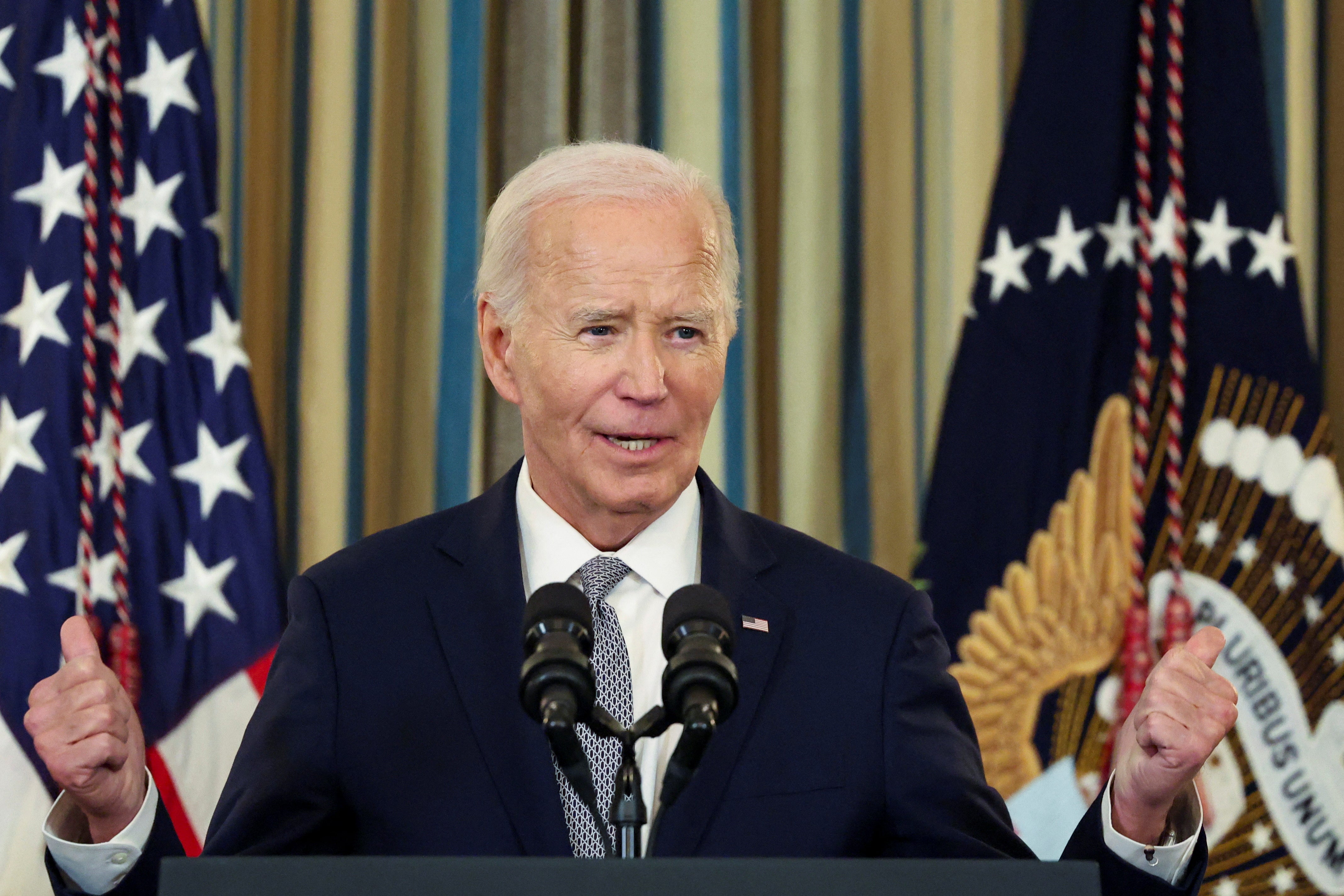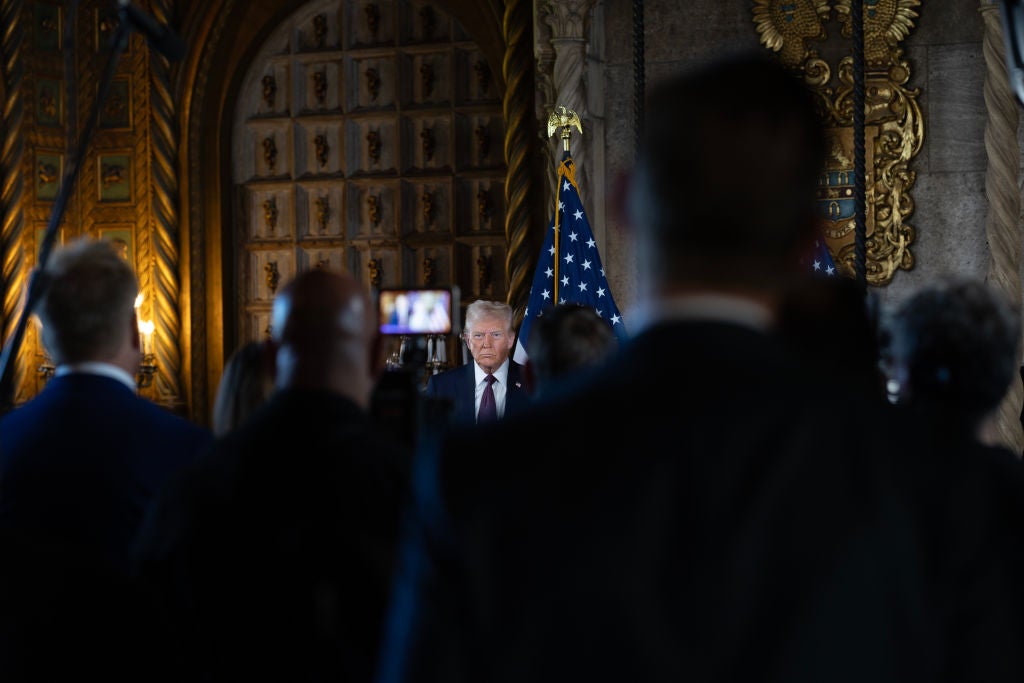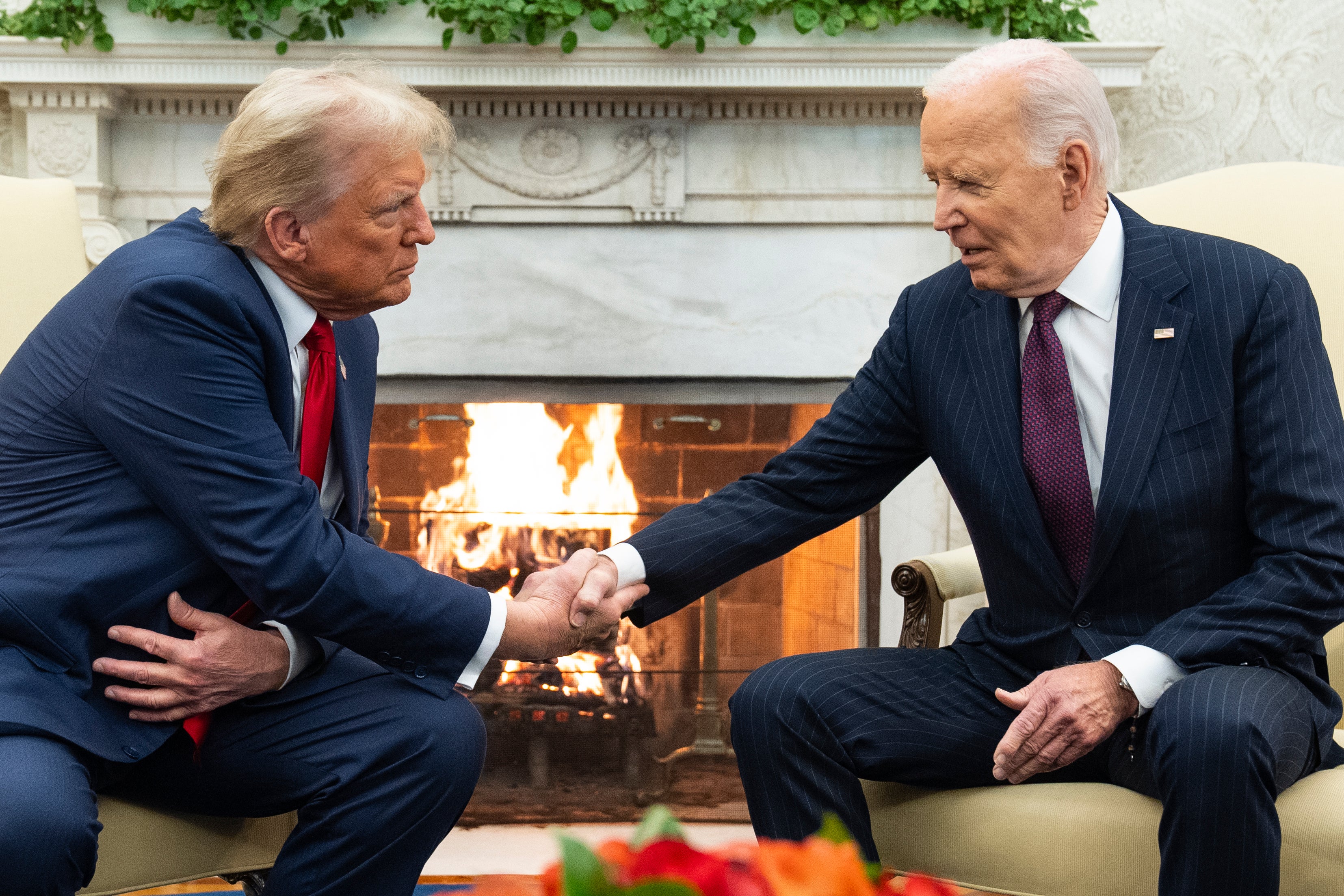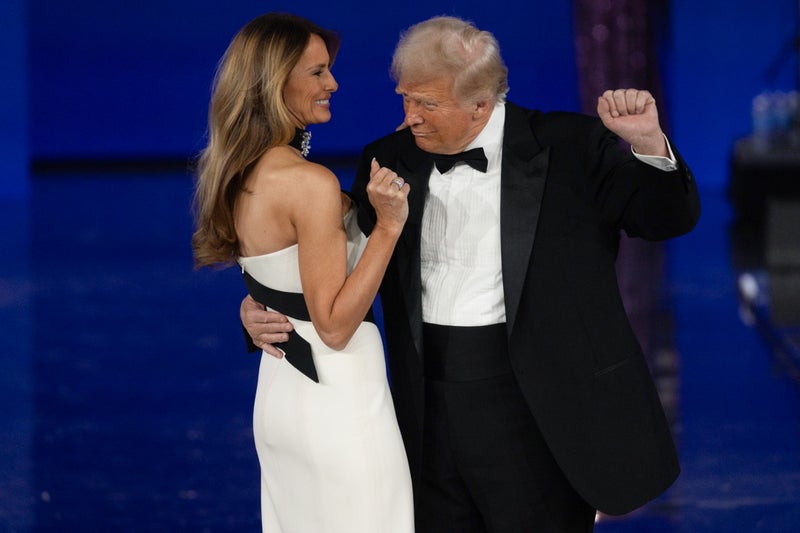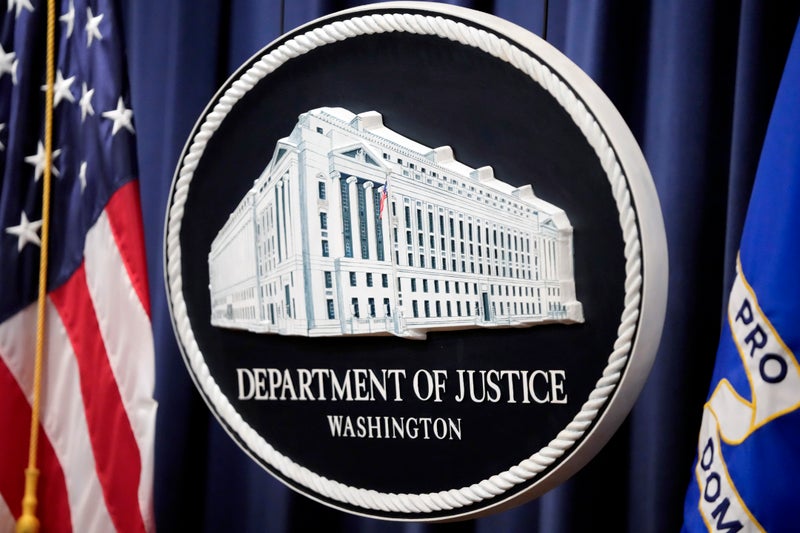Both houses and a supreme court supermajority: how Trump’s power compares historically
Share:
Trump’s second term will be marked by a rare level of influence in Congress and the highest court. Donald Trump will come in to power with a “trifecta” of governmental control after his Republican party won the House of Representatives, the Senate and the presidency in the 2024 US election.
Control of both chambers of Congress is not uncommon for US presidents. Trump achieved a trifecta in his first term, as did Joe Biden, Barack Obama and Bill Clinton. But Trump has an unusual edge over his predecessors: six of the nine members of the US supreme court are appointees of Republican presidents.
Since the second world war, only two other presidents have assumed office with overall control of both houses as well as a supreme court “super majority” of two-thirds or more. Supreme court justices owe no official loyalty to a party or president, but a majority of conservative-leaning justices will work to Trump’s advantage.
Here’s how these government majorities compare historically. Use the “Show party distributions” checkbox to reveal the exact proportions of control. Republican majority. Republican minority. Democrat majority. Democrat minority. Presidency. House majority. Senate majority.
S. Court majority. Congress term. During Truman's presidency, all nine justices were appointed by Democratic presidents, though their ideologies were relatively diverse. Despite a slim 5-4 majority of Democratic appointees, the supreme court made many ideologically progressive rulings during Kennedy's and Johnson's presidencies.

